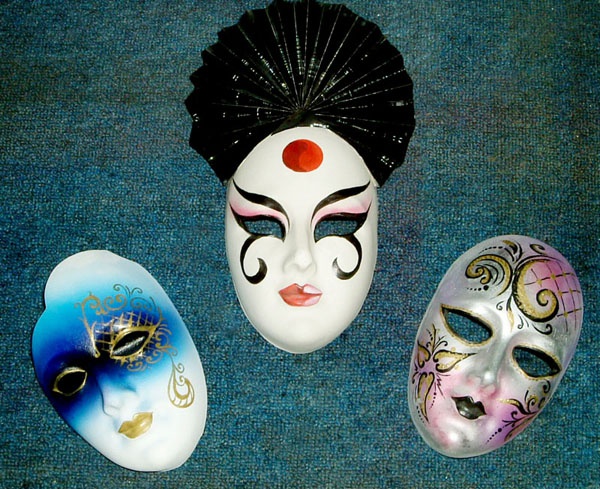You will need
- - Gypsum;
- - Clay;
- - Lacquer furniture;
- - Copper wire;
- Brush.
Instruction
1
Production of the model. Flat plate vilaite plasticine model of the future masks. Don't try to make it too artsy, with exposed parts, as this can make the casting products in cast.
2
Making the mould for casting. This operation is needed because the casting for the mask shape should have a reverse image. Mix plaster to the consistency of liquid sour cream. Apply the solution to the plasticine form in layers. The first layers or apply with a brush, try to avoid bubbles or voids. You can then apply with a spatula. Apply the plaster until until the form becomes strong enough. In order to increase the durability of molds, lay between layers of copper wire. Make her something like a wire mesh. This is especially necessary if your mask is large in size. Use only copper wire to the gypsum formed yellow streaks.
3
Correction form. After about half an hour the plaster will harden and become firm enough. Now flip the form and remove the clay model. If the solidification of the gypsum formed some flaws, trim them with a scalpel. You can also trim the surfaces with abrasive cloth. If when tapped the cast lightly ring, then it dried out well. Coat the inside surface forms a colourless furniture Polish.
4
The manufacture of masks. Now you can re-dissolve the gypsum. Pour the plaster into the mold. Pour carefully, make sure that the solution lay evenly and filled all the voids. In still wet plaster in the back push the wire loops on which you will hang the mask. Wait until the product has dried and gently remove from the mold. Trim with a scalpel and sandpaper. Now you can paint the mask and cover it with varnish, and can leave without any processing. Pure white color plaster looks good in many interiors.
